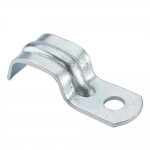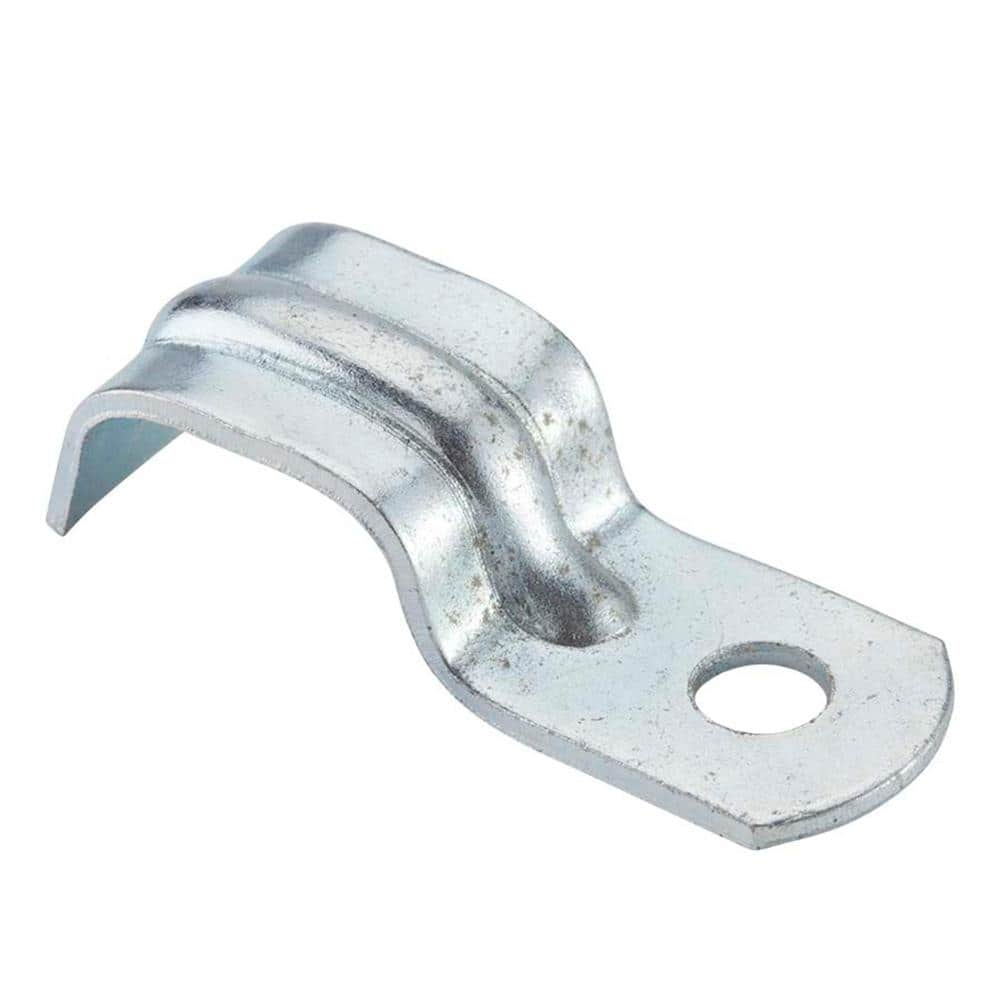LarryFine
Master Electrician Electric Contractor Richmond VA
- Location
- Henrico County, VA
- Occupation
- Electrical Contractor
 with small sheet-metal screws.
with small sheet-metal screws.
Halex #12/2 - #14/2 Service Entrance (SE) 1-Hole Cable Straps (10-Pack) 26210 - The Home Depot
Get a modern and extraordinary addition to fulfill your power supply needs perfectly with this Halex #12/2 - #14/2 Service Entrance 1-Hole Cable Straps.
www.homedepot.com
